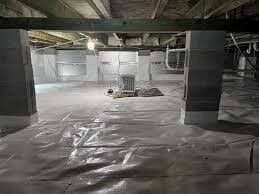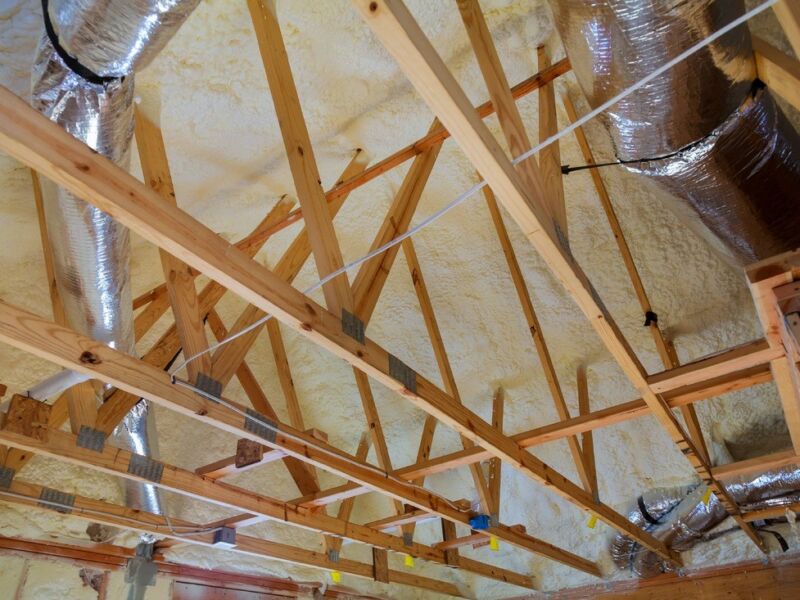
The Importance of Drying Out a Crawl Space
A crawl space is a narrow, unfinished area typically found beneath houses that serve as a foundation. It provides access to plumbing, electrical systems, and other utilities. However, crawl spaces are susceptible to various moisture problems, which can lead to extensive damage and mold growth if left untreated. Drying out a crawl space is crucial to prevent further structural damage and maintain a healthy indoor environment.
Factors Influencing Crawl Space Drying Time
1. Source of Moisture
The source of moisture in a crawl space can significantly impact the drying time. Common sources include plumbing leaks, condensation, groundwater seepage, and flooding. Identifying and addressing the root cause is necessary to ensure effective drying.
2. Severity of Moisture Damage
The severity of moisture damage in the crawl space will affect the drying time. If the damage is extensive, it may take longer to dry out completely. Factors such as standing water, mold growth, and saturated materials can prolong the drying process.

3. Ventilation and Air Circulation
Proper ventilation and air circulation are essential for drying out a crawl space. Installing vents and fans can help to remove moisture and promote airflow. However, excessive humidity or damp weather conditions can impede the drying process.
4. Insulation and Vapor Barrier
The presence of insulation and vapor barriers in a crawl space can affect drying time. Insulation can trap moisture and prevent it from evaporating, while vapor barriers can block moisture from entering the crawl space. Ensuring proper installation and addressing any damage or gaps are crucial for effective drying.
5. Climate and Weather Conditions
The climate and weather conditions in the area where the crawl space is located can impact the drying time. High humidity, cold temperatures, and frequent rain can make it more challenging for a crawl space to dry out quickly. In humid climates, dehumidifiers may be necessary to expedite the drying process.
6. Remediation and Repair Actions
The actions taken to remediate and repair moisture damage in the crawl space can affect its drying time. Promptly addressing the root cause, removing standing water, and drying out affected materials are crucial steps. Additionally, repairing any damaged plumbing or sealing cracks and gaps can prevent further moisture issues.
Steps to Expedite Crawl Space Drying
1. Identify and Address the Source of Moisture
Before drying out the crawl space, it is essential to identify and address the source of moisture. This may involve fixing plumbing leaks, sealing cracks, or installing a drainage system to redirect groundwater away from the crawl space.

2. Remove Standing Water
If there is standing water in the crawl space, it should be removed as soon as possible. Using pumps or wet vacuums can help extract the water. Proper disposal of the water is crucial to prevent contamination and further damage.
3. Increase Ventilation and Air Circulation
Improving ventilation and air circulation in the crawl space can help expedite drying. This can be achieved by installing vents, fans, or dehumidifiers. Proper airflow will facilitate moisture evaporation and discourage mold growth.
4. Dry Out Affected Materials
Avoiding the reoccurrence of moisture problems requires drying out affected materials thoroughly. This may involve using dehumidifiers, heaters, or natural ventilation to eliminate excess moisture. It is crucial to monitor the moisture levels regularly and ensure that all materials are completely dry before proceeding with any repairs or renovations.
5. Repair and Remediate
After the crawl space has dried out, it is important to address any necessary repairs and remediation. This may involve replacing damaged insulation, repairing plumbing leaks, sealing cracks, or installing a vapor barrier. Taking these steps will help prevent future moisture issues and protect the structural integrity of the crawl space.
Overall, the time it takes for a crawl space to dry out depends on various factors, including the source and severity of moisture damage, ventilation, climate conditions, and remediation actions. By promptly addressing moisture issues and following proper drying procedures, you can expedite the drying process and minimize the risk of further damage.



